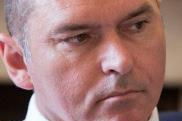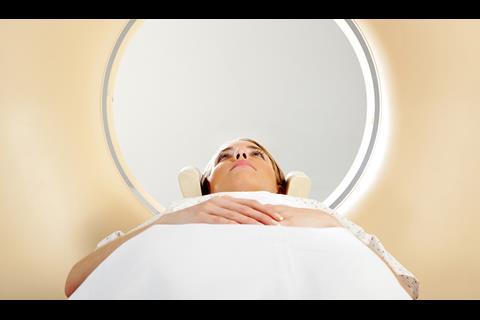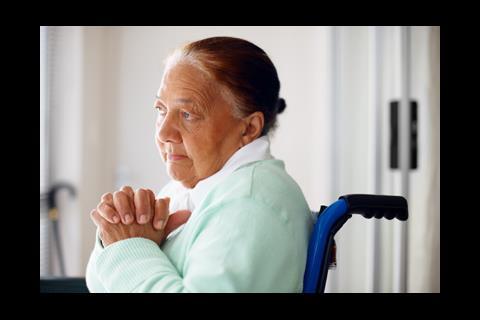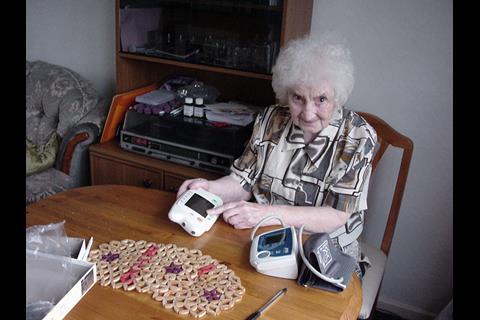The NHS will change dramatically by 2030 but its future depends on whether it adopts radical innovation, and the extent to which people take responsibility for their own health, argue James Barlow and Chris Evennett
If Florence Nightingale walked the corridors of the NHS today, she would be amazed by advances in healthcare − but she might still recognise how it all fits together. The familiar building blocks of healthcare organisations remain the same despite much change, with local doctors providing first level treatment while mediating between patients and community based hospitals.
By 2030, healthcare could be unrecognisable to her: it might feel a lot more like the current banking experience, thanks to changing technology and more self-care in place of healthcare professionals. It is an intriguing possibility that could reduce the costs of services and free up funds for the demographic pressures we face.
‘A significantly different model of healthcare begins to emerge, largely bypassing the traditional diagnostic and service mediating roles of clinicians’
Imagine, for example, a body scanner in a supermarket, hooked up to highly sophisticated computer software that can diagnose abnormalities more effectively and faster than a doctor. This automated system might even prescribe treatments and book appointments.
Combine that with a revolution in knowledge about each individual: DNA profiling could identify individual risk factors, while real time health monitoring, using a wristwatch or implanted device, could take, transmit and interpret dozens of measurements daily.
Put all these developments together and a significantly different model of healthcare begins to emerge, largely bypassing the traditional diagnostic and service mediating roles of clinicians.
Twenty year forecast
This is just one of several potential futures explored in Twenty-Thirty, a report by the Policy Innovation Research Unit designed to inform the Department of Health and NHS England in their strategic policymaking for the next 20 years.
To look into the crystal ball, the unit brought together some of the country’s top healthcare managers, clinicians, academics, strategists and policymakers. The findings will be published tomorrow at the HaCIRIC International Conference in London.
The future of healthcare involves many unknowns around multiple issues. However, there are two factors that have significant potential influence on future models of care:
- whether the use of new technology remains essentially incremental, or we see radical adoption of technological innovation; and
- users of healthcare become increasingly motivated to take responsibility for their own health, exercising choice over services, or healthcare remains dominated by powerful suppliers, with largely passive users guided by strong professional influence.
The focus was on how these different dimensions − technology adoption and the changing role of users − might influence four scenarios for future health services.
1. Gadget show
We dubbed the online banking-style future the “gadget show”, where adoption of new technologies and the public appetite for self-diagnosis and self-care reach their highest potential levels.
‘The NHS might be slow to adopt these approaches, so patients could eschew the traditional healthcare model and go to niche suppliers’
Of course, technology could not replace all primary care services. We don’t imagine maternity care being delivered much differently from now. There is no technology that will wash, change and feed vulnerable people. So, as in all scenarios, it is expected demands for such personal services grow in line with demographics.
A downside of the “gadget show” − a rapid adoption of new healthcare technologies embraced by much of the population − is the challenges to ensuring good healthcare for those who cannot access the technology. Inequalities, as with all scenarios we explore, continue to challenge the NHS.
2. Plurality of provision
People might well have a strong appetite for the latest treatments, to manage their own health and to use the latest technology. But the NHS might be slow to adopt these approaches. So patients − perhaps starting with the better off − could increasingly eschew the traditional healthcare model and go to niche suppliers. These might become stronger, with the NHS eventually commissioning from them.
Gradually, under this second “plurality of provision” scenario, the public would drive incremental changes in NHS services. However, there would be greater fragmentation of healthcare provision, more difficulties in planning and coordination, with a greater potential for duplication of services and resultant higher costs.
3. Stability with integration
A third alternative, termed “stability with integration”, involves some fossilisation, an extension of how the NHS operates today − slow to adopt innovation and people showing no significant appetite for self-care or to drive change.
GPs would still control most referrals and the plethora of private companies providing niche services might not materialise. However, the upside of a more settled environment could be greater integration of services responding to continuing financial crises. But slow change would mean continuing service variation.
4. Modern traditional
What about a fourth possibility, where the NHS embraces new technologies but people are passive about self-care? This “modern traditional” scenario would retain the paternalistic feel of the NHS, with perhaps lots of remote care and telehealth technologies as healthcare is increasingly devolved to our homes.
But a comparative lack of public engagement could leave professionally run health providers controlling services, perhaps opting for more wasteful gadgets than people might need.
‘GPs and hospitals under pressure can barely look beyond the immediate one or two year horizon, let alone the next decade or more’
It is a world in which primary care could be destabilised, possibly with hospitals providing more outreach services, even employing GPs more as specialist coordinators of care for those with complex comorbidities.
In the “modern traditional” NHS, elderly and vulnerable people might not do well, encouraging the current drive for local government to take over and integrate their health and social care.
A cherry picked future
The future may involve elements from each of these scenarios. But we must surely look hard at the first of them. Public involvement in healthcare is undeniably a good thing. And new technologies, allowing innovative models of healthcare, hold the potential for cost savings. They could defuse the demographic timebomb fast ticking away for UK healthcare and open up new models of caring.
Today, GPs and hospitals, already under financial pressure, can barely look beyond the immediate one or two year horizon, let alone the next decade or more. It is not a recipe for speed or innovation.
The question for policymakers, the NHS, other care services and the private sector is, “How do we build firm bridges to take us to the right place?”
James Barlow is professor of technology and innovation management at Imperial College Business School and a co-investigator for the Policy Innovation Research Unit, Chris Evennett is an independent management consultant. The Twenty-Thirty report was funded by the Department of Health but the views expressed are those of the authors



































No comments yet